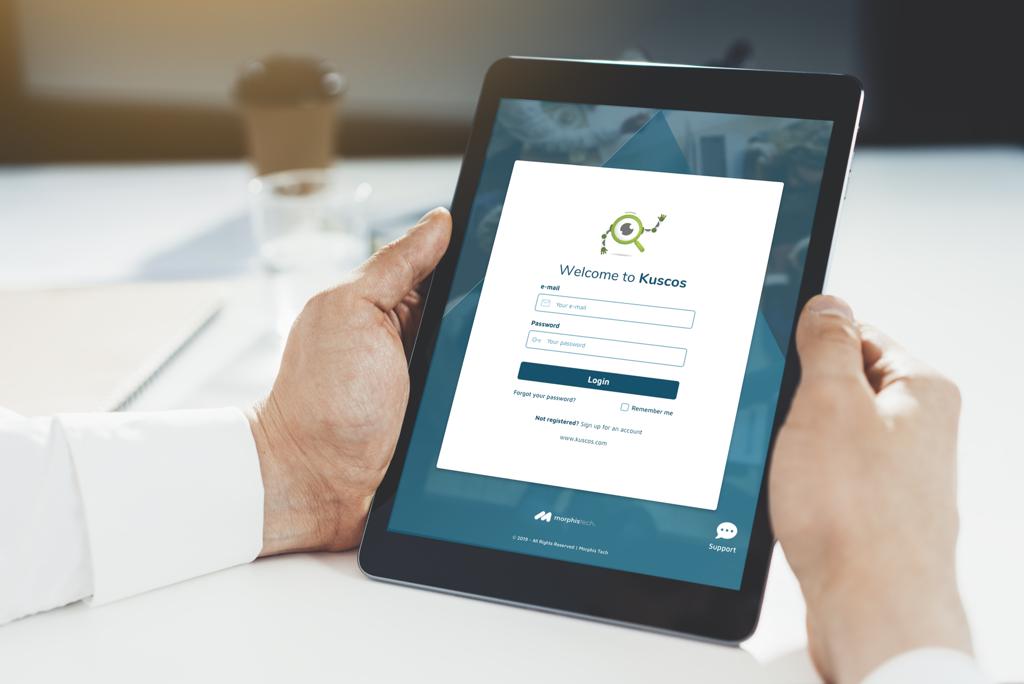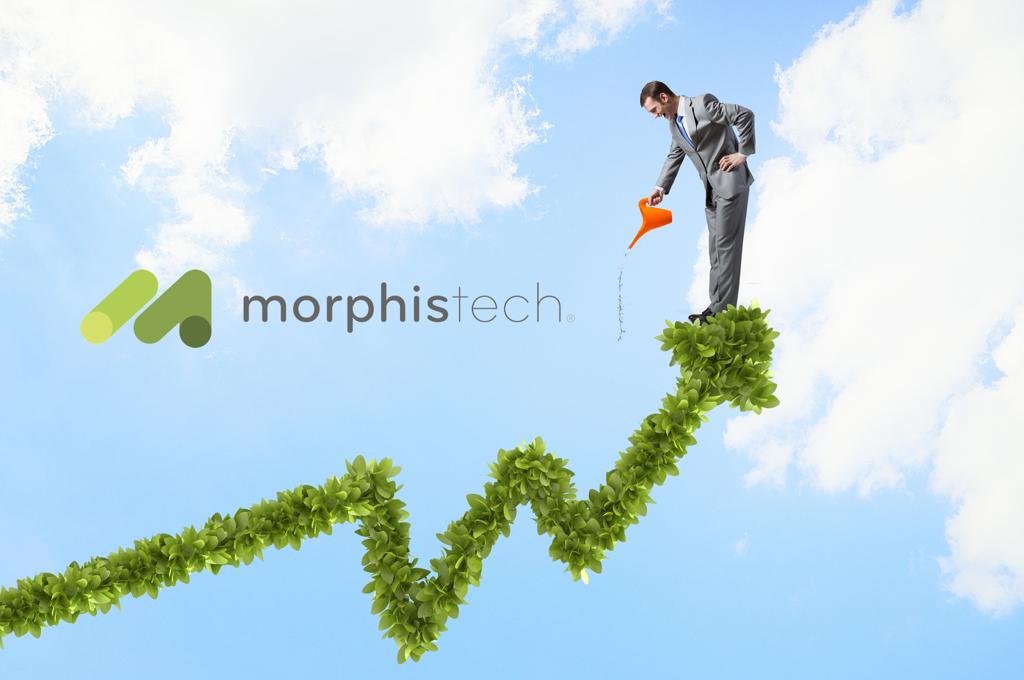Application modernization
It all comes down to cost
User behavior and user expectations are the new forces driving digital disruption and lashing innovation, with profound implications in the organization’s IT ecosystems. New business models are being created, newer technologies are popping-up like never before and it seems that this profound turmoil is nowhere to be over in the coming years.
The existence of a lean IT organization that provides near real time as-a-service capabilities that answers to the needed competitive challenges, instigates innovation and promotes an intrinsic change culture is the new normal when considering business leaders’ expectations towards IT leaders and their capacity to effectively produce, deliver and carry business needs.
When considering IT agility as a key business differentiator, IT leaders come to face with a historic legacy baseline that works as a strain point between expectations and reality. In this context, legacy applications have been acting as road blockers to this much required IT agility.
Although apparently keeping up with their function (that has kept almost steady throughout the years), legacy applications manifest a multitude of obstacles such as: lack of interoperability; unaffordable time to market; lack of application knowledge and third-party skills dependency to name just a few. It is therefore curious that, as time goes by, IT organization get accustomed to these limitations that act as intangible obstacles as opposed to having the right tools to allow them to be the desired business agility catalysts.
Legacy modernization is therefore the natural pathway for organizations who wish to optimize their IT alignment and be one of the driving forces of the business strategy. In such evolution, initiatives will raise legitimate concerns that often act as evolution barricades and freeze IT organizations in their incapacity to act as a yield factor to the business functions. Those concerns fall into three main areas: Operational efficiency; Risk; and Cost.

Operational efficiency
Any proposed approach and solution must provide the flexibility needed to be successful in a complex, dynamic environment by enabling the ability to implement changes, as well as adding new or updated functionalities. In this sense, integration capability and systems coexistence are key aspects of any application modernization strategy.
Code refactoring and code optimization without changing its functional behavior while removing technical debt, improving non-functional attributes and structure, is the most effective approach for modernizing an application ecosystem since it will allow organizations to take advantage of a new, modern, versatile application ecosystem that will benefit from the ease of integration with new applications and technologies and the ability to respond to new opportunities by easily developing added functionalities.
It is our conviction that the most strategic application migration option is obtained by automatically refactoring and converting the code into modern programming languages and technologies, such as Java or C# (.Net Core). This option solves most operational challenges like the lack of professionals with skills to maintain and evolve legacy applications and eliminates the limitations to integrations with other technologies available in the cloud or others.
Any legacy modernization methodology must embrace the sense of ownership by promoting the team involvement and engagement at all stages of the modernization process. Small but important specificities can be preserved (code micro-structure, code comments, etc.) that will enable a contiguity awareness and result in an immerse transformational culture.
Caring and investing in current human resources (that already master the functional knowledge and the application related business constraints), will empower a further accurate digital transformation process, create a better collaboration environment and a fitted team to better respond to the specific industry challenges.

Measure and manage your development team to improve performance and efficiency! Kuscos

Risk
Legacy systems require modernization, or otherwise they may experience undesirable behaviors at the most unwanted times. In order to drive successful application transformation initiatives, organizations need to follow a proven method with the capacity to customize and adapt the transformation process model to its specific idiosyncrasies.
Modernization projects are always unique due to the technologies involved (original and target), the specific code patterns in the original application, the IT organizations standards for coding the target system and the organization’s culture.
It’s important to assure that there is the ability to get an in-depth knowledge or the analytic capacity to do so, allowing IT/Transformation leaders to make evidence-based recommendations on system strategy and options.
Other critical condition to de-risk a modernization initiative, both technically and from a time and cost viewpoint is to use automation capabilities. Software tooling is key to safeguard that there is the ability to implement, improve and replicate automated code conversion, obtaining the highest automation ratio and conform with the source and target architectures and technologies, with minimal error prone human interventions.
High Automation ratios and an accurate syntactic and semantic translation of legacy systems guarantee the preservation of business logic and significantly reduces time-to-market when compared to other approaches. Use of advanced analysis and detection algorithms ensure that dead and duplicated code is not carried across, greatly reducing the technical debt.
The combination of a proven method, a lean process and effective tooling can assure the delivering of uniform and consistent results while providing target modernized application compliant with industry best practices.

Cost
Most organization spend much more of their IT budget on maintenance and operation than on development and enhancing their applications ecosystems, regardless of their age, quality and agility. Although much of this cost can be easily measured, there is an important part of it that takes an intangible or hidden form that do not come into consideration in everyday’ s IT decisions.
As time goes by and applications become legacy but still perform their prime objective, organizations tend to naturally accept their IT agility limitations and forget the growing hidden costs and their impact on decision making.
Maintenance and support, integration, compliance and security are some of the items that many times are given different weighting and poor structural reflection, although having a major impact on organizations agility and efficiency. Consequently, there is the opportunity cost of being late to market or even uncapable to deliver a customer need.
By keeping their investments in legacy software through maintenance, support integration and compliance, organizations leave less room for innovation and new technologies adoption. By letting themselves stuck in legacy solutions they make it much more difficult to engage in in new business opportunities within their industry. This gives competitors an advantage that may became impossible to overcome.
Although business imperatives, the migration capability and a good business case are usually a respectable indicator for a moving forward decision, most modernization initiatives will only come to place when there is a direct perception of the absolute cost to value of migrating to a newer, agile technology.
There is a general awareness that both operational and risk constraints have been already overcome and there are several success cases that attest that application modernization initiatives can be successfully executed in different industries and different organization sizes. When considering all cost overheads in the baseline for application modernization decision making, cost will become the primary persuader for digital reinvention. This way, the organization will bridge the gap to IT agility and inevitably impact the organizations business capability to respond to a digital competitive context.
How We’ve Taken the Pain and Risk Out of Legacy Modernization



2 Comments on “Application modernization”
Pingback: What has COVID-19 taught us? | Morphis Insights - Legacy Modernization
Pingback: Is your organization prepared for an emergency? | Morphis Insights